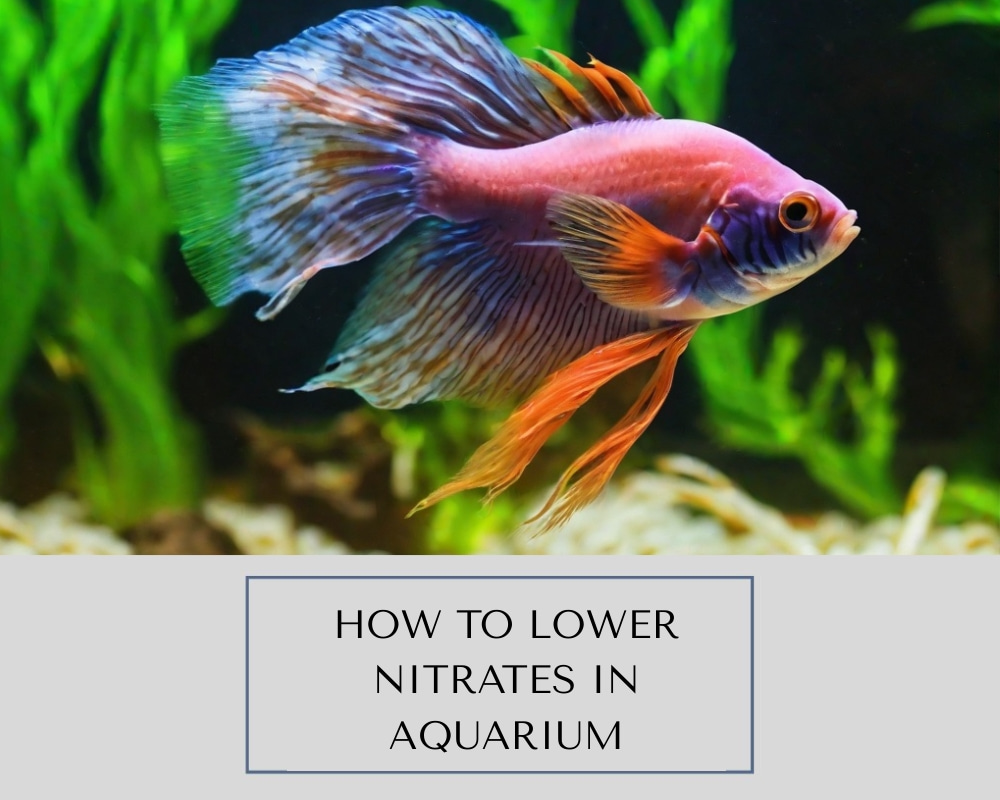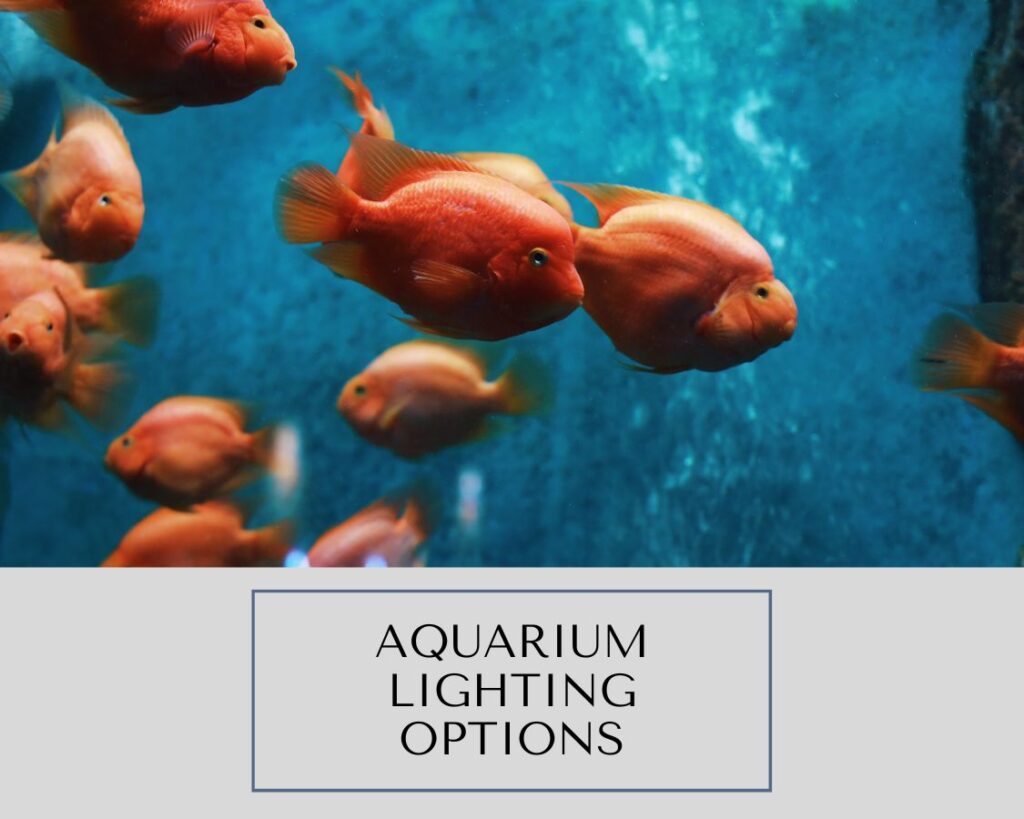Aquarium-keeping is an art – a delicate balance of an aquatic ecosystem within the confines of a glass box. Each element plays its part, from the species to the water temperature. However, one of the most critical components to manage is the level of nitrates in the aquarium water. If it is too high, it could spell trouble for the aquatic inhabitants.
But don’t fret—maintaining the right nitrate levels is easier than you think. It requires a blend of understanding, careful management, and, at times, a touch of biological science. In this article, we’ll dive into the watery world of our finned friends to explore what nitrates are, how they build up, the risks they pose, and most importantly—how to control them.
Why does Nitrate build in an Aquarium?
Every aquarium is a microcosm of the grand aquatic environments found in nature. A fascinating phenomenon happening inside your aquarium is what scientists call the nitrogen cycle. As fish feed and grow, they produce waste, contributing to the beginning of the nitrogen cycle, where ammonia is introduced.
Bacteria in the water (specifically Nitrosomona and Nitrobacter) consume this ammonia, converting it to nitrites, which are then transformed into nitrates. Though this cycle is a natural part of an aquarium’s life, without proper management, the resulting nitrates can create the threat of an unhealthy environment for your aquatic buddies.
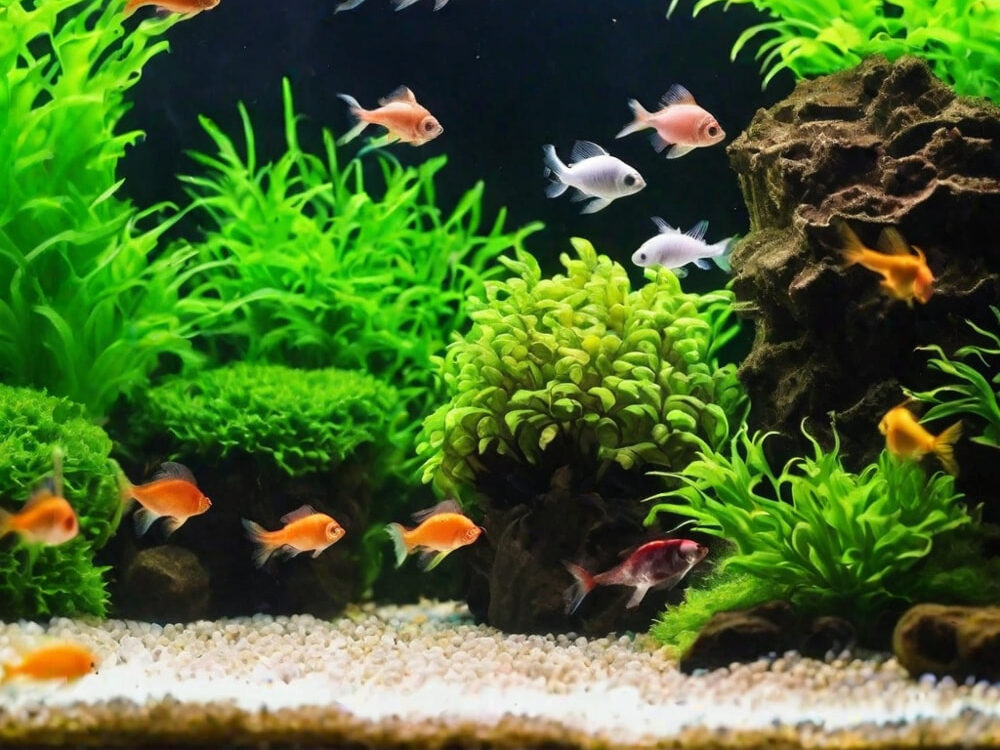
Dangers of High Nitrate Levels
Let’s dive a bit deeper into the perils of nitrates. While nitrates are less toxic than ammonia and nitrites, they are not entirely benign. At higher levels, they can cause significant problems for your aquarium’s inhabitants.
Don’t get caught in the net! High nitrate levels can lead to various health issues for your swimming pals, such as reduced growth, lower resistance to disease, and, in severe cases, shortened lifespan. Invertebrates and some fish breeds are particularly sensitive to higher nitrates.
Additionally, high nitrates can be a harbinger of more severe water-quality issues. It’s like the algae on the glass—an early warning sign of bigger problems below the surface.
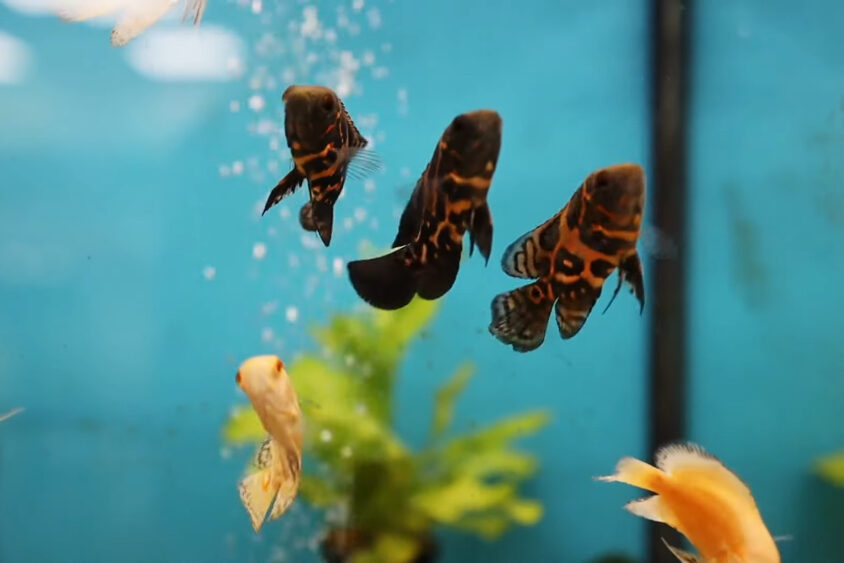
Methods for Nitrate Removal
Science has unveiled the daunting side of nitrates, but it also provides us with solutions to manage them. There are several ways to remove or reduce nitrate concentrations in your aquarium.
➣ Regular Water Changes
Water changes are like breathing fresh air in your aquarium! Regular water changes remove not just nitrates but also other waste substances and leftover food. The frequency and amount of water change depending on the tank’s size and the number of inhabitants. Typically, a weekly water change of 15-20% is a healthy practice.
Tip: Don’t forget to treat the replacement water to remove chlorine and other harmful elements.
➣ Using Nitrate Absorbing Filters
Equipping your tank with nitrate-absorbing filters can ‘net’ significant improvements. These small wonders work by absorbing excess nitrates and preventing their eventual build-up. However, like any good servant, they need to be regularly maintained (and replaced when needed) to function effectively.
Remember, though, that the efficiency of nitrate-absorbing filters varies, and they should not be the sole method for nitrate reduction in your tank. They work best in conjunction with other methods, which we’ll soon explore.
➣ Implementing Nitrate Reducing Media
The importance of your aquarium’s filtration system cannot be overstated. Another line of defense comes from nitrate-reducing media. Specialized materials like seachem denitrate and API Nitra-Zorb work to convert nitrates into nitrogen gas, which then harmlessly evaporates from the tank. These media can be a real game-changer.
Just like their filter counterparts, nitrate-reducing media also need to be regularly checked and replaced to ensure continued efficiency.
➣ Incorporating Water Plants
Did you know that aquarium plants do more than serve as fancy decor? Indeed, these aquatic beauties can play a pivotal role in nitrate removal. Plants absorb nitrates to support their growth and in turn, help to clean up the tank water.
Common aquarium plants such as Java Fern, Hornwort, and Anubias are known for their nitrate-absorbing qualities. It’s like having a team of underwater janitors working around the clock to keep your tank’s nitrate levels in check!
➣ Using Nitrate Reducing Organisms
Life brings balance! Mother Nature allows certain beneficial bacteria (anaerobic) to thrive without oxygen. These bacteria reduce nitrates to nitrogen gas. The trick to fostering them is providing an environment in which they can thrive.
Live rocks, sand beds, or specialized filter media that allow the creation of ‘dead zones’ (areas of low oxygen) can be perfect homes for these bacteria.
➣ Achieving Balance in the Aquarium
Balance is key in life. It’s true on land, and it’s undoubtedly true in your aquarium! Aquarium management is a fine art of balancing elements – a dance where the steps change with feeding schedules, adding new fish, changing water, and considering the tank’s physical, chemical, and biological circumstances.
Regular testing of nitrate levels is, therefore, vital. It not only helps you keep pace with the current state of your aquarium but also assists in catching any potential issues before they escalate.
Now, while tackling high nitrate levels is crucial, what’s even better is preventing them from skyrocketing in the first place. The mantra is prevention over cure.
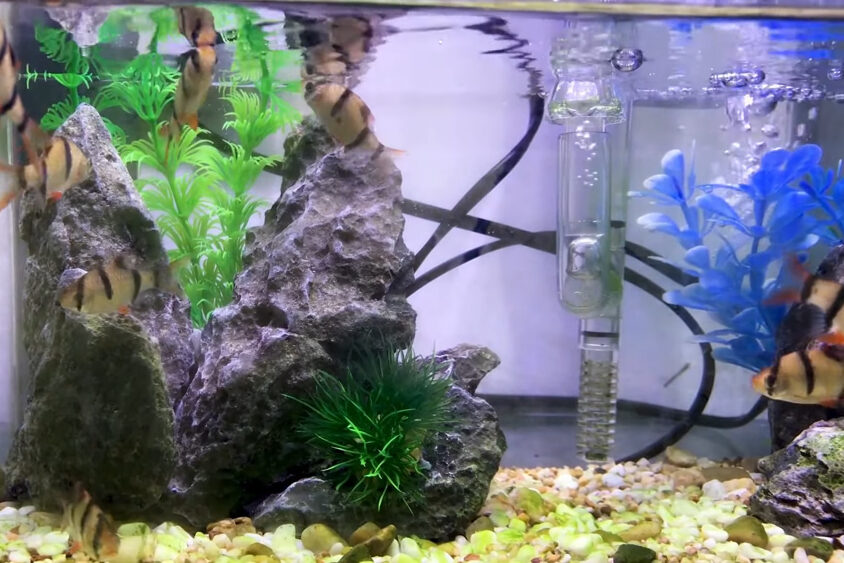
Preventive Measures to Control Nitrates
► Feeding Practices
It may be delightful to watch your aquatic friends chow down on food, but overfeeding leads to excess waste and, eventually higher nitrates. Feed them only what they can consume, and remember, a leaner diet often leads to healthier fish!
► Proper Filtration Methods
Ensuring that filtration in your aquarium is efficient and adequate can’t be stressed enough. Regular maintenance of filters, replacement of worn-out parts, and ensuring proper flow rates all contribute to a healthier nitrate balance.
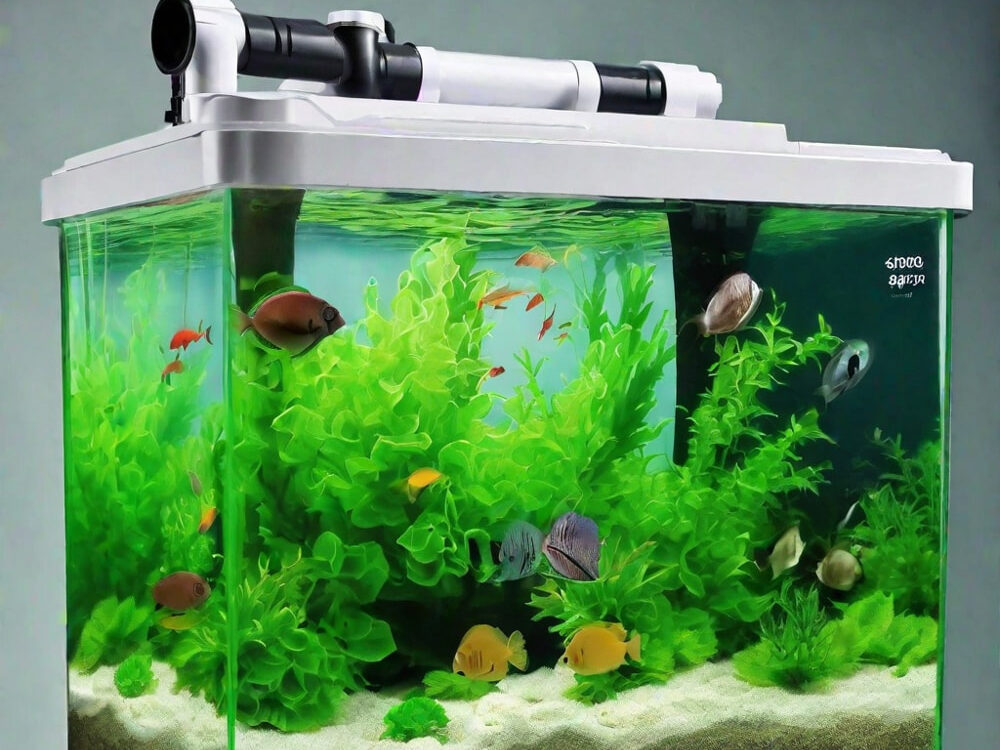
Conclusion – Maintaining a Healthy Aquarium
Dealing with nitrates can seem daunting at first, but remember, it’s all about applying a balanced, consistent approach to aquarium maintenance. Just as humans need a balanced diet and a clean environment to thrive, your aquatic friends need a balanced aquarium environment with low nitrate levels.
The nitrate challenge isn’t insurmountable by any means. By understanding the science behind nitrate build-up and employing methods to keep these levels in check while fostering a balanced underwater environment, your fish can continue to swim healthily and happily.
Above all, maintaining an aquarium is a wonderfully rewarding task. The simple act of watching your fish glide through the water reduces stress and gifts tranquility- and they deserve our effort to reciprocate by providing them with a clean, healthy home.

